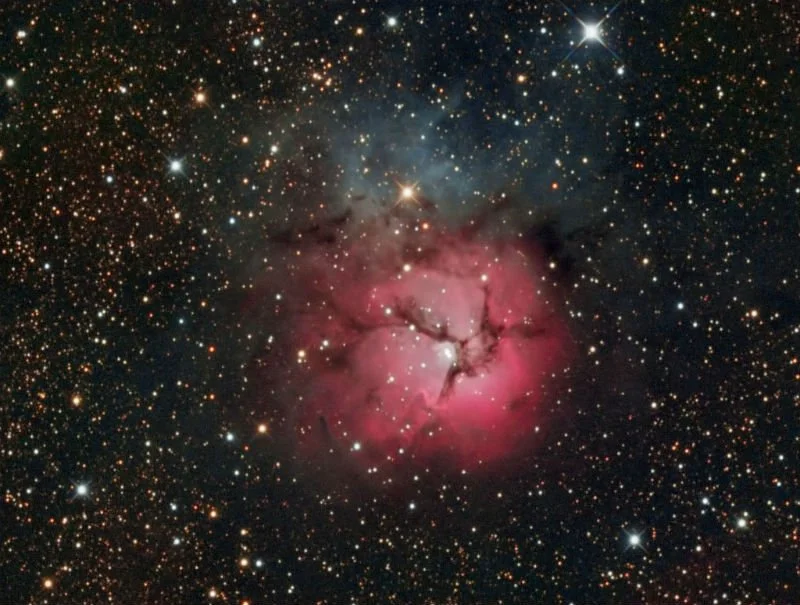A Buyer's Guide to Telescopes & Binoculars
This magic of stargazing, an experience that can ignite a sense of wonder and awe in anyone. To truly appreciate the wonders of the cosmos, however, you need the right tools.
We use TELESCOPIOMANIA.EU for all our astronomical equipment needs, offering fast and secure shipping (especially in the Canaries) along with a wide selection of high-quality products.
TYPES OF TELESCOPES
REFRACTORS: Use lenses for clear, easy-to-use views, ideal for beginners.
REFLECTORS: Offer larger apertures for brighter views and are generally more affordable.
CATADIOPTRIC: Combine the best of both worlds: compact and with excellent image quality.
MOUNT TYPE (TRIPOD)
ALTAZIMUTH: Movement -Move up/down (altitude) and left/right (azimuth), like moving your head. Benefits: Intuitive and easy to use, especially for beginners. Simple to set up.
EQUATORIAL: Movement - Mimic Earth's rotation, allowing for easy tracking of celestial objects. Benefits - Easy to track objects once aligned. Essential for astrophotography.
OTHER THINGS TO CONSIDER
APERATURE: The larger the telescope's "eye" (aperture), the more light it gathers. Brightness: More light means brighter images, revealing fainter objects like galaxies and nebulae. Detail: Larger apertures provide sharper images, revealing intricate details on planets and other celestial bodies.
FOCAL LENGTH: Influences magnification and field of view. Magnification: Higher magnification allows for closer views of objects, but reduces brightness and field of view. Field of View: Longer focal lengths offer narrower views, while shorter focal lengths provide wider views.
FINDING THE RIGHT BALANCE
The ideal focal length depends on your observing goals.
For wide-field views of star clusters and nebulae: A shorter focal length telescope is generally preferred.
For observing planets and the Moon: A longer focal length telescope can provide higher magnification for more detailed views.
It's important to consider both magnification and field of view when choosing a telescope to ensure it suits your observing preferences.
Binoculars: Your Gateway to the Cosmos
Importance of Binoculars
Binoculars are an excellent starting point for anyone interested in stargazing. They offer several advantages:
Accessibility: Affordable and easy to use, making them perfect for beginners.
Portability: Compact and lightweight for easy transport.
Wide Field of View: Ideal for scanning the night sky and discovering new objects.
Versatility: Great for stargazing and terrestrial viewing (e.g., birdwatching).
Key Features
Aperture: The aperture is the diameter of the objective lenses. A larger aperture collects more light, resulting in brighter and clearer images, especially in low-light conditions.
Magnification: This refers to how much closer an object appears through the binoculars. Higher magnification allows you to see more detail, but it also reduces the field of view and can make it more difficult to find and track objects.
Coating: Fully coated optics are essential for maximizing light transmission. This reduces internal reflections and improves image contrast, resulting in sharper and more detailed views.
Recommended Specifications
For general stargazing, binoculars with the following specifications are a good starting point:
7x50: Offers a good balance of magnification and field of view, making them suitable for a wide range of celestial objects.
10x50: Provides higher magnification for closer views of the Moon, planets, and brighter stars, but may have a slightly narrower field of view.
Remember that these are just recommendations, and the best choice for you will depend on your individual needs and preferences.



